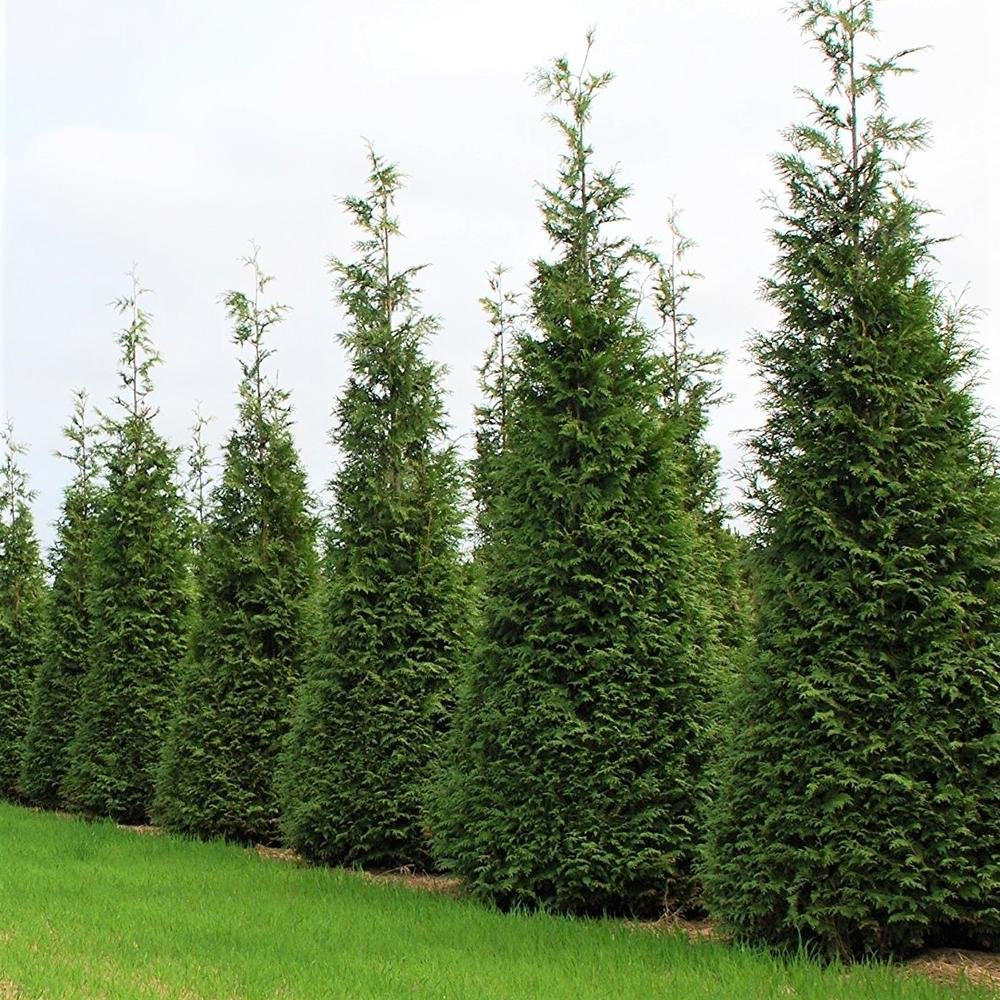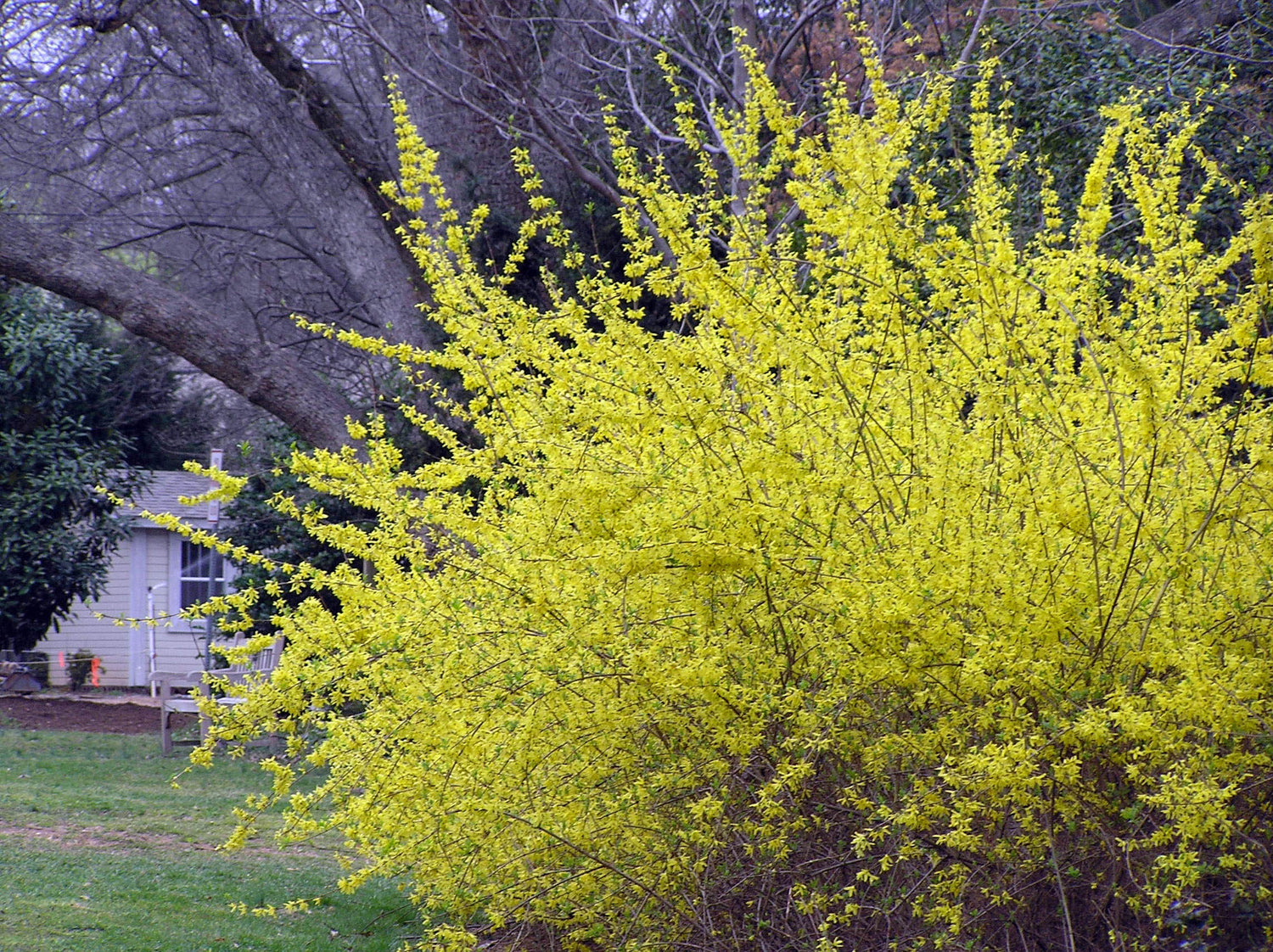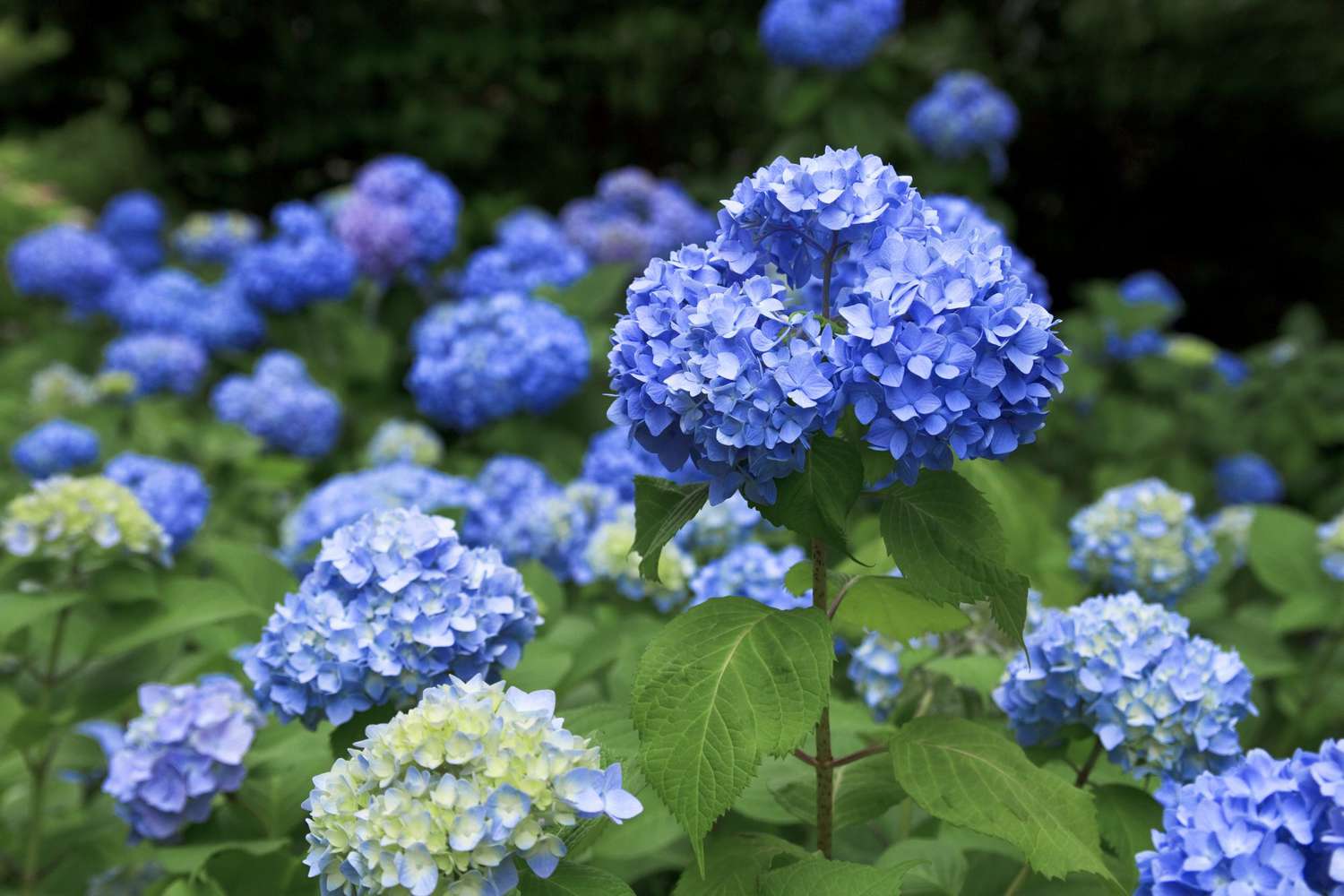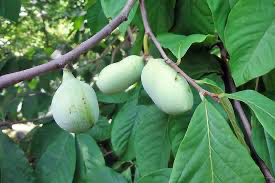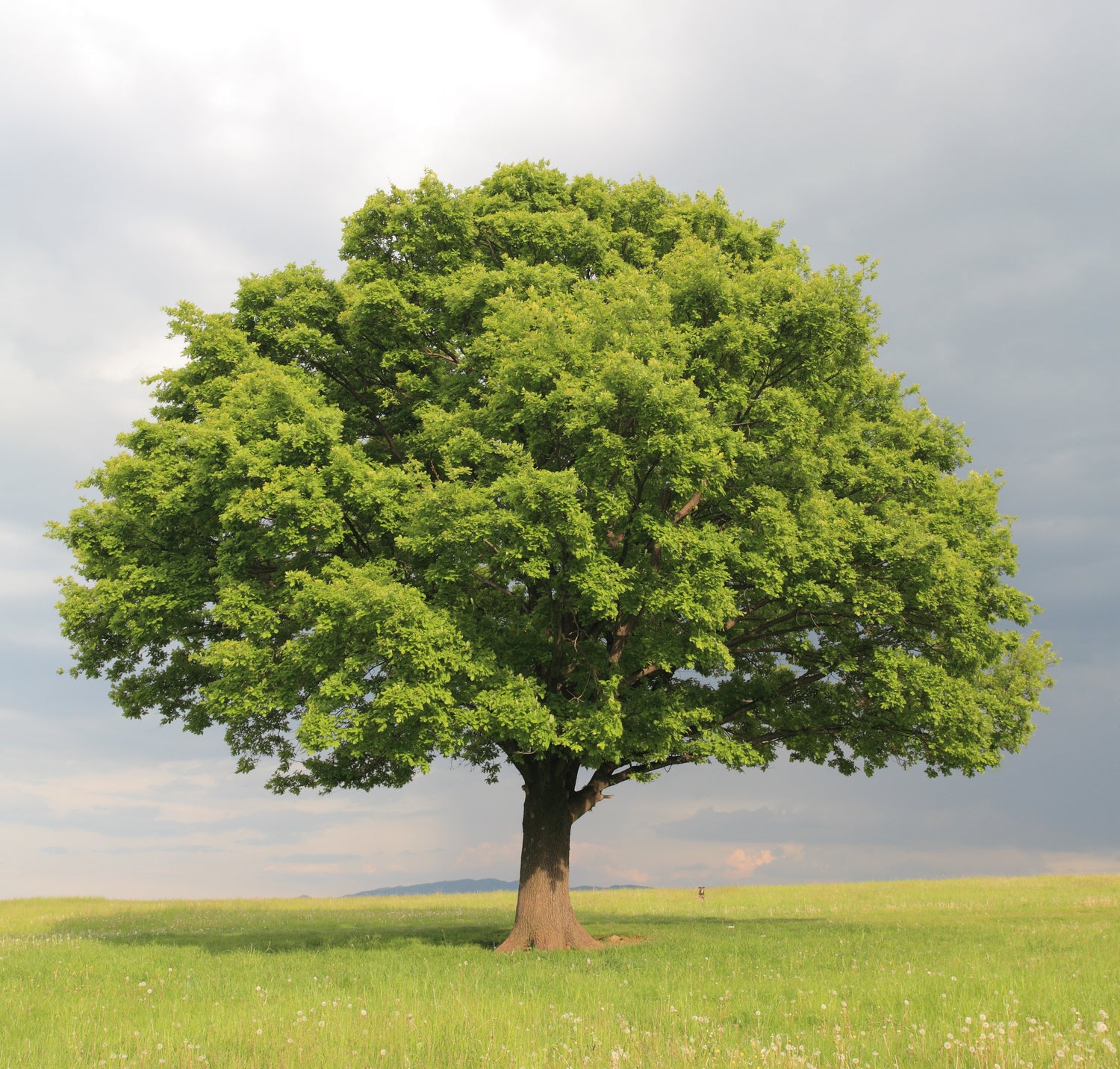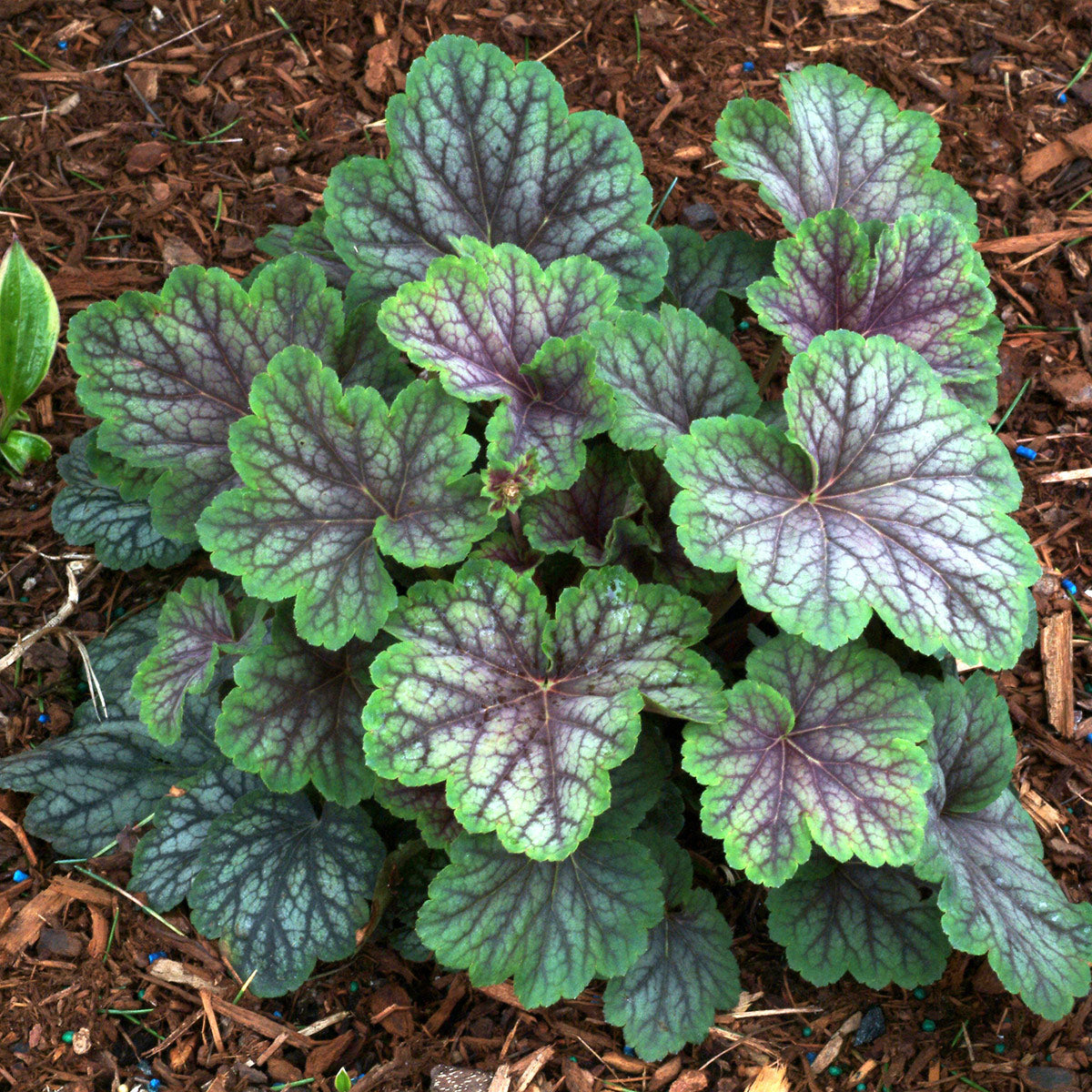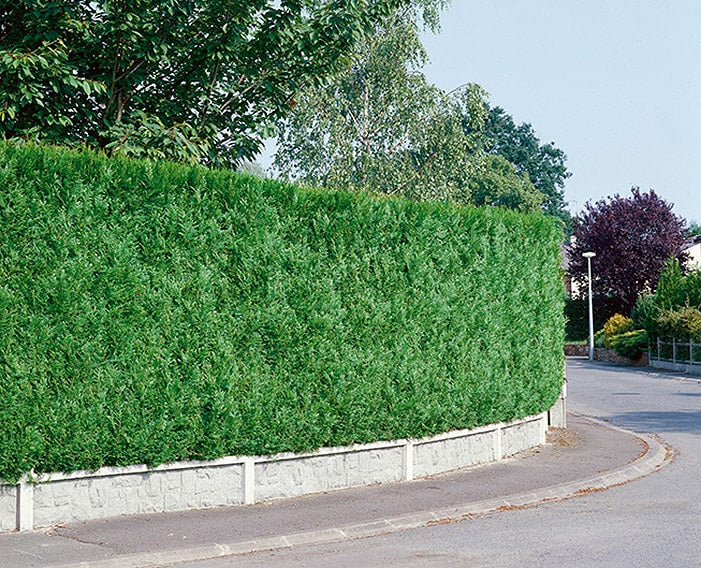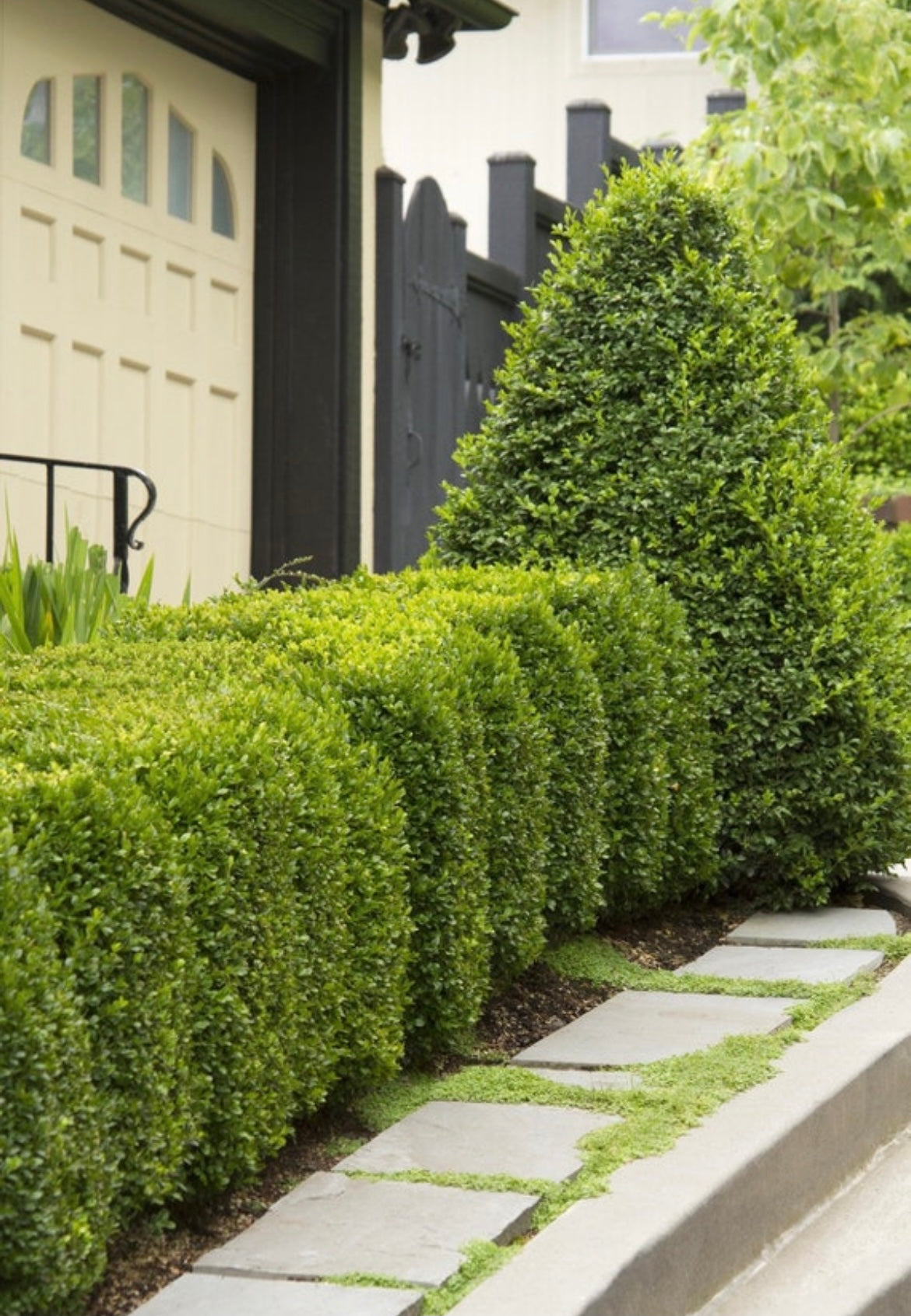
The Majestic Shumard Oak Tree
At Weaver Family Farms Nursery, we believe the Shumard Oak tree (Quercus shumardii) is one of the most breathtaking trees you can add to your landscape. Known for its longevity, strength, and stunning fall colors, the Shumard Oak is a great choice if you’re looking for a large shade tree that will last for generations. It offers year-round beauty, but it truly shines in the fall when its leaves turn vibrant shades of red and orange.
Whether you’re planning to plant a Shumard Oak or just curious about how to identify one, this guide will walk you through the key features that set this majestic tree apart. From its bark to its leaves and acorns, the Shumard Oak has distinct traits that make it easy to spot in any landscape.
Identifying Shumard Oak by Its Bark
One of the first things to look at when identifying a Shumard Oak tree is the bark. As the tree matures, its bark develops distinctive features that make it easy to recognize.
Bark Characteristics:
-
Texture and Color: Young Shumard Oaks have smooth, grayish-brown bark. As the tree ages, the bark begins to develop ridges and furrows, becoming rougher and more textured. This gives the mature Shumard Oak a classic, rugged look that adds character to any landscape.
-
Distinctive Features: The bark’s deep ridges and furrows, along with its dark, almost silver-gray color, make it stand out among other oak species. While other oaks, like the Pin Oak, have smoother bark or more shallow ridges, the Shumard Oak’s bark becomes deeply grooved as it matures, making it a reliable identifier.
Whether you’re looking to identify a Shumard Oak or thinking about planting one, these bark characteristics are easy to spot. You can find out more about planting your own Shumard Oak tree in your landscape.
Leaf Identification: Shape, Size, and Color
The leaves of a Shumard Oak are one of its most recognizable features, especially when they put on a show of vibrant fall colors. Knowing the details of the leaves can help you easily spot this tree in any landscape.
Leaf Shape: Shumard Oak leaves are large and deeply lobed, with typically 5 to 9 pointed lobes per leaf. Each lobe has sharp, bristle-tipped points, giving the leaves a slightly jagged appearance. The sinuses (spaces between the lobes) are deep, creating a striking shape that sets it apart from other oak species.
Leaf Size and Texture: These leaves are quite large, ranging from 4 to 8 inches in length. They have a glossy, dark green surface during the growing season, which turns paler on the underside. The leaves feel thick and leathery to the touch, adding to their durability throughout the seasons.
Fall Colors: One of the biggest reasons people love the Shumard Oak is for its spectacular fall display. As autumn approaches, the leaves transform into brilliant shades of red, orange, and sometimes even yellow, creating a stunning contrast against the blue autumn sky. This vibrant display makes the Shumard Oak a favorite for fall landscapes.
For more on the beauty of Shumard Oaks in the fall, check out our blog post on "Grow Your Own Shumard Oak for Spectacular Fall Colors".
Acorns of the Shumard Oak: A Key Identifier
In addition to its leaves, the Shumard Oak's acorns are another reliable feature that can help you identify the tree. These acorns are not only distinctive but also serve as a vital food source for wildlife.
Acorn Size and Shape: Shumard Oak acorns are relatively large, usually measuring around 1 to 1.5 inches long. The acorn itself is smooth and oval-shaped, with a thick, saucer-like cap that covers about one-third of the nut. The cap has a rough, scaly texture, which contrasts with the smooth surface of the acorn.
Maturity Timeline: Shumard Oak acorns take two years to mature, which is typical for many oak species. Once they mature, they drop in the fall, carpeting the ground with these large, sturdy nuts. The acorns are highly valued by local wildlife, especially squirrels, deer, and birds, which rely on them as a food source during the colder months.
Wildlife Importance: The acorns from a Shumard Oak play a crucial role in the local ecosystem. Their size and abundance make them an essential food supply for a variety of animals, helping sustain wildlife populations throughout the fall and winter. If you’re interested in creating a wildlife-friendly landscape, planting a Shumard Oak can provide food and shelter for these creatures for years to come.
If you're considering adding this majestic tree to your yard, take a look at our Shumard Oak tree for sale and see how it can enhance both your landscape and the local ecosystem.
Growth Habit and Structure: Recognizing Shumard Oak's Shape
The Shumard Oak has a distinctive growth pattern that sets it apart from other trees, especially as it matures into a large, sprawling shade tree. Its structure and shape make it a perfect addition to any landscape where both beauty and function are desired.
Pyramidal Growth in Youth: When young, the Shumard Oak has a striking pyramidal shape. Its branches grow in a uniform, upward-reaching pattern, which gives the tree a neat, structured look. As it matures, the lower branches start to spread more horizontally, creating a broad canopy that provides extensive shade.
Mature Height and Spread: Shumard Oaks are large trees, often reaching heights of 60 to 80 feet with a similar spread of 40 to 60 feet. This impressive size makes them ideal for providing shade over large areas, making them a popular choice for parks, large yards, and public spaces. Their broad, rounded canopy is a defining feature of mature Shumard Oaks, giving them an elegant, majestic appearance.
Branch Structure: The branches of a mature Shumard Oak are strong and sturdy, with an upward growth habit that eventually spreads into a wide, rounded shape. This structure not only creates a visually pleasing tree but also makes it highly durable in windy conditions, adding to its appeal as a long-lasting landscape tree.
If you’re interested in more fast-growing shade trees for your landscape, check out our blog on popular shade trees to compare the Shumard Oak with other large tree options.
Why the Shumard Oak is a Perfect Choice for Your Landscape
The Shumard Oak is more than just a beautiful tree—it’s a long-lasting investment that brings both aesthetic appeal and practical benefits to your landscape. Whether you're planting it for its stunning fall colors or its ability to provide ample shade, this oak tree is a fantastic addition to any large garden or public space.
Long-Lived and Sturdy: One of the biggest advantages of planting a Shumard Oak is its longevity. These trees can live for hundreds of years, making them a multi-generational addition to your landscape. Once established, they are incredibly sturdy, able to withstand strong winds and challenging weather conditions. This resilience makes them a reliable choice for any location where a large, durable shade tree is needed.
Aesthetic and Functional Appeal: With its broad, symmetrical canopy and vibrant fall colors, the Shumard Oak is a standout in any landscape. The tree provides dense shade during the summer, making it a great choice for cooling outdoor spaces or providing a relaxing area for your family. In the fall, the tree’s red and orange leaves create a spectacular display that adds seasonal beauty to your garden.
Wildlife Habitat: In addition to its beauty and functionality, the Shumard Oak also supports local wildlife. Its large acorns provide a critical food source for animals like squirrels, deer, and birds, while its canopy offers shelter and nesting sites for many bird species. By planting a Shumard Oak, you’re not only enhancing your landscape but also contributing to the local ecosystem.
If you're ready to make the Shumard Oak part of your landscape, visit our large trees collection to explore more options and find the perfect shade tree for your garden.







